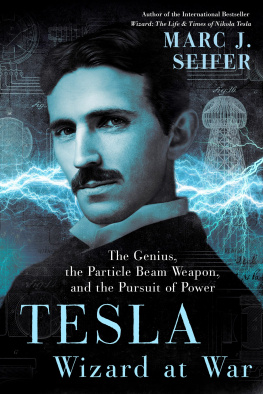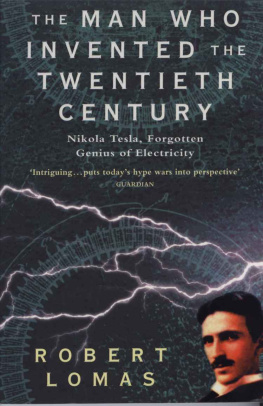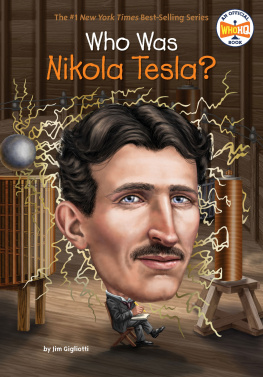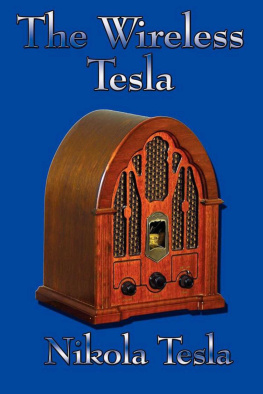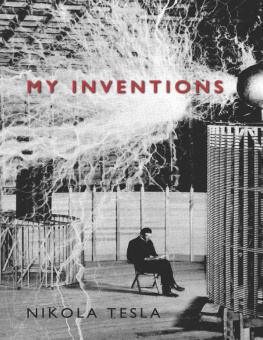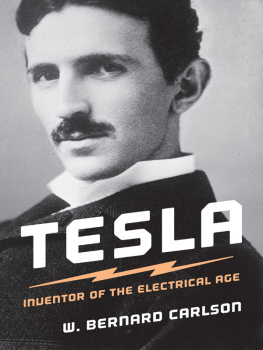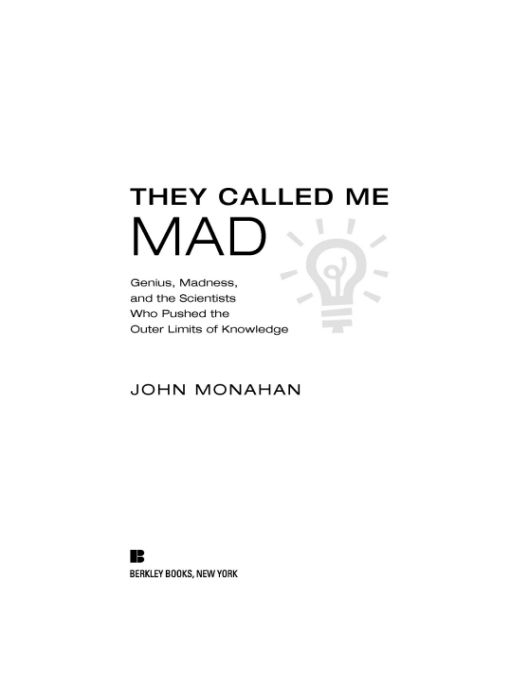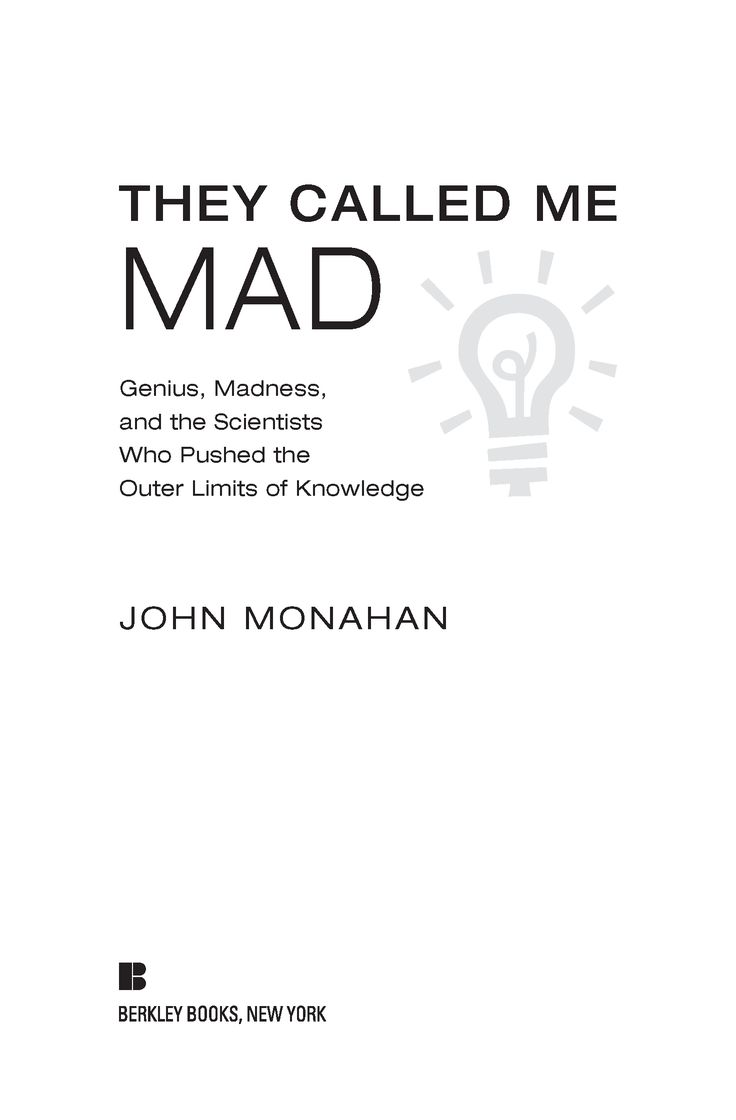Table of Contents
To my wife,
who called me mad for wanting
to be a writer but helped me do it anyway,
to my evil creations (I mean children),
and to my dad,
who took me into the lab.
ACKNOWLEDGMENTS
There are many who made this book possible, and who deserve my undying thanks. Thank you to Margaret Miller for knowing when to nurture her little egghead and knowing when to let him go. Thanks to Joan E. Gardiner for encouraging my literary pretensions, and a very special thanks to Charles Salzberg and the rest of the New York Writers Workshop without whose assistance this may never have seen print.
INTRODUCTION
The Real Scientists Behind the Mad Scientist
ARCANE ELECTRICAL INSTRUMENTS CRACKLE AND HUM next to bubbling glassware. The hunchbacked assistant checks the draped figure strapped to the operating table, and above it all, the genius in the long white lab coat laughs manically. These are familiar images, but where do they come from? Do real scientists spend their time constructing unstoppable giant robots, building death rays, and cloning dinosaurs? Generally speaking, no, but you might be surprised to learn that many of those mad scientists in movies and TV were inspired by actual scientists, real men and women who challenged the scientific orthodoxy and pushed the limits of intellectual frontiers.
Fictional mad scientists go back almost two hundred years. Mary Wollstonecraft Shelley created the prototype when she gave literary birth to Victor Frankenstein in her 1818 novel Frankenstein; or, The Modern Prometheus. While vacationing during the dreary summer of 1816, the eighteen-year-old Mary Wollstonecraft Godwin, and her future husband, Percy Bysshe Shelley, visited the villa of Lord Byron. Cooped up by the rainy weather, they passed the time by competing to see who could compose the scariest ghost story. Shelley and Byron soon gave up, but young Mary shocked them with a tale she later said came to her in a dream. It featured an arrogant genius, who meddled in matters humans were not meant to know. He blurred the line between life and death by animating a corpse and ultimately paid the price for his hubris.
Across the Atlantic, the American Nathaniel Hawthorne added his own tales to the mad scientists pantheon not long afterward. Dr. Heideggers Experiment, published in 1837, is the story of an eccentric physician who tries to find an elixir of rejuvenation. Hawthorne followed it in 1844 with The Artist of the Beautiful, about an obsessed artist/craftsman who creates a clockwork simulacrum of a butterfly. The next year, he published Rappaccinis Daughter, about a doctor who performs bizarre botanical experiments upon his own daughter.
By the latter part of the nineteenth century, these characters would be joined by others of the scientific fraternity. Robert Louis Stevensons The Strange Case of Dr. Jekyll and Mr. Hyde thrilled the reading public in 1886. Jules Verne gave us Captain Nemo four years later in Twenty Thousand Leagues under the Sea. Not to be outdone, H. G. Wells made his own contributions, giving the world both The Island of Doctor Moreau (1896) and The Invisible Man (1897). Each added to the mad science mystique.
If literature created the mad scientist, the movies made him a star. From the earliest days of film, the mad scientist provided his cautionary tale. In 1910 the Edison Studios first put Frankenstein before silent-movie goers. Although it was first, it was not the movie that catapulted the doctors creation of cobbled together corpses into the publics collective unconscious; that was the 1931 version of Frankenstein. When Colin Clive looked up at the heavens and proclaimed, Its alive! the horror movie came into its own, and the mad scientist became an indispensable part of our culture.
Countless movie incarnations followed; Rotwang, Dr. Cyclops, Dr. Morbius, the Abominable Dr. Phibes. The list goes on. After World War II, cold war paranoia and fear of the atomic bomb gave rise to the sci-fi craze, and the laboratories of the mad scientists went into production on an industrial scale. Death rays and doomsday devices competed to distract us from the actual arms race and the mad rush toward nuclear Armageddon. As they proliferated on screen, the mad scientists passed from there to the pages of comic books and the nascent world of television.
Even today, the white lab coat and the promise of forbidden knowledge, and ultimate power retain their allure. Dr. Emmett Brown went Back to the Future. Dr. Totenkopf met Sky Captain and the World of Tomorrow. Dr. Cockroach introduced us to Monsters vs. Aliens, and those who dare can join in with Dr. Horribles Sing-Along Blog.
With all of these countless images, from the tragic to the comic, the downright evil, and the merely misunderstood, its easy to forget that behind every great legend there is a grain of truth. Many of the elements that we take for grantedthe bubbling formulas, the sparking electrical coils, the glowing lasers, and the nuclear reactorswere and are used by real scientists. The fictional mad scientist wasnt created from whole cloth. He was inspired by actual researchers who challenged convention, nurtured by our ever-increasing knowledge and the greatness of our scientific achievements and given life by our fear of going too far, too fast and the ultimate price of progress.
Here we attempt to learn more about the real men and real women, who gave rise to the myth. They are not merely caricatures and stock characters. They were actual human beings, with all the strengths and weaknesses that entails. But their vision, their passion, their willingness to push beyond accepted boundaries, their determination in the face of opposition, and their creative genius helped forge the modern age we live in. Their stories are no less amazing than their discoveries. Here then, are the lives of the real mad scientists.
CHAPTER ONE
Eureka! The Mad Scientist Is Born
EUREKA! WHAT WORD COULD BE MORE FITTING TO START an examination of the lives of mad scientists? As it rolls off the tongue and resonates in the air, it conjures countless images of mad genius. How often has this exclamation of transcendent discovery been uttered in novels and movies and on TV? The man who etched this word indelibly into the lexicon of mad science, however, was not a fictional character. He was a man of flesh and blood, but his scientific and mathematical insights, his fantastical creations, and the story of his life gave rise to many of the mad scientist stereotypes that we hold so dear.
His genius shone like a beacon throughout the Hellenistic world, and his dazzling mathematical insights and wondrous inventions continue to fascinate us to this day. Unfortunately much of his actual life is obscured by the mists of time. In the absence of facts, a body of legend has grown, punctuated by secondhand and thirdhand accounts of varying accuracy. Galileo venerated him. The Fields Medal, one of the most prestigious prizes for mathematicians bears his image. The tenth-century Islamic geometer Ab Sahl al-Kh was so impressed by his works that he called him the imam of mathematics (Hirshfeld, 2009). He is credited with calculating pi and the volume of the universe, discovering principles of buoyancy, inventing water pumps, and building war engines capable of grinding the Roman army to a halt. Not to mention inventing what may have been the worlds first death ray. The name of this legendary genius, perhaps the greatest mathematician and inventor of all time, is Archimedes.



